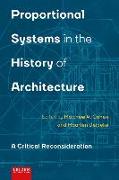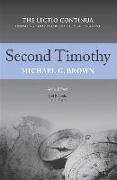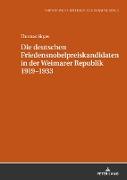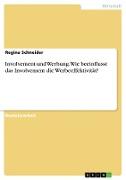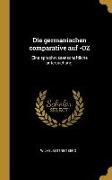- Start
- Proportional Systems in the History of Architecture
Proportional Systems in the History of Architecture
Angebote / Angebote:
Since the origins of architectural history, proportional systems have served as objects of belief and modes of iconographical communication. Whether they are capable of fulfilling more tangible functions remains a matter of debate today, for this ancient and diverse belief system continues to infiltrate architectural thinking in subtle and sometimes surprising ways.
In this collection of original essays, twenty-six leading scholars reconsider the long history of proportional systems across numerous periods and places, and from diverse methodological approaches including archival exploration and advanced laser scanning. Prior to the advent of modern structural engineering, architects and builders used proportional systems to imbue their works with a general condition of order that was integral to their intertwined notions of beauty and structural stability. These mostly invisible intellectual frameworks ranged from simple grids and symbolic numbers, to sly manipulations of geometry and numbers that required privileged knowledge and arithmetical calculations to access.
Matthew A. Cohen is a licensed architect and Professor of Architecture at Washington State University. He publishes on the history and theory of medieval and Renaissance architecture. His book Beyond Beauty: Reexamining Architectural Proportion through the Basilicas of San Lorenzo and Santo Spirito in Florence (Marsilio, 2013) received the James Ackerman Award in the History of Architecture.
Maarten Delbeke is Chair in the History and Theory of Architecture at the Institute for the History and Theory of Architecture (gta) at the ETH in Zürich. He publishes on the history and theory of art and architecture from the early modern period up to the present, is an architecture critic, and is the founding editor of the journal Architectural Histories.
Folgt in ca. 15 Arbeitstagen
